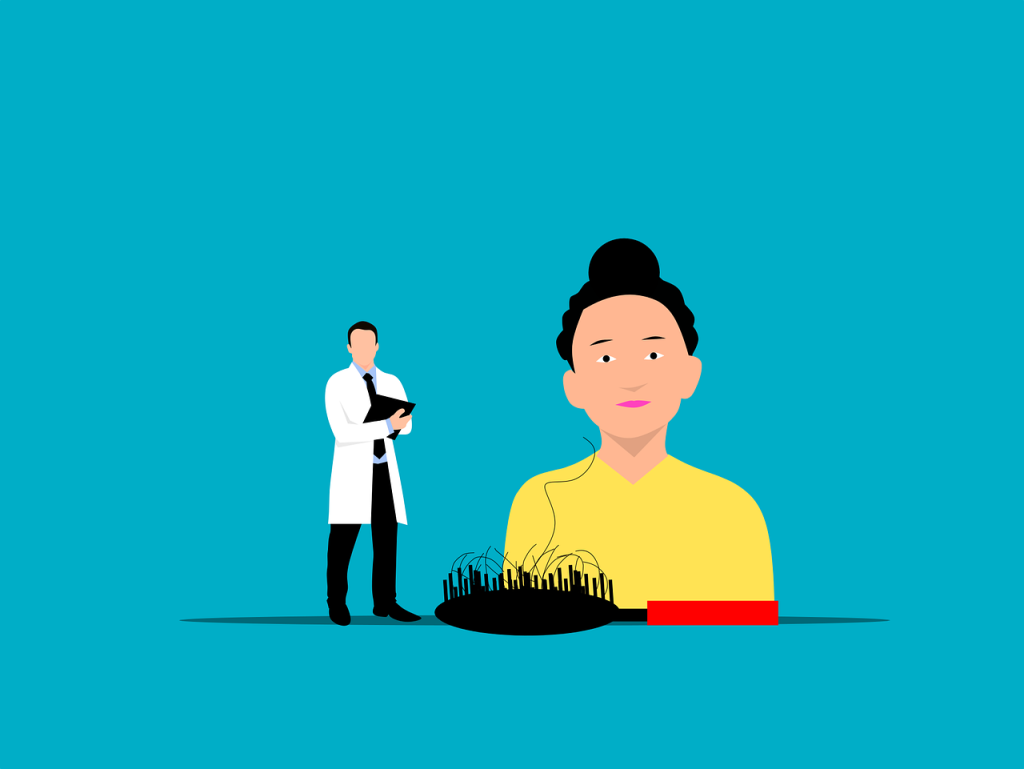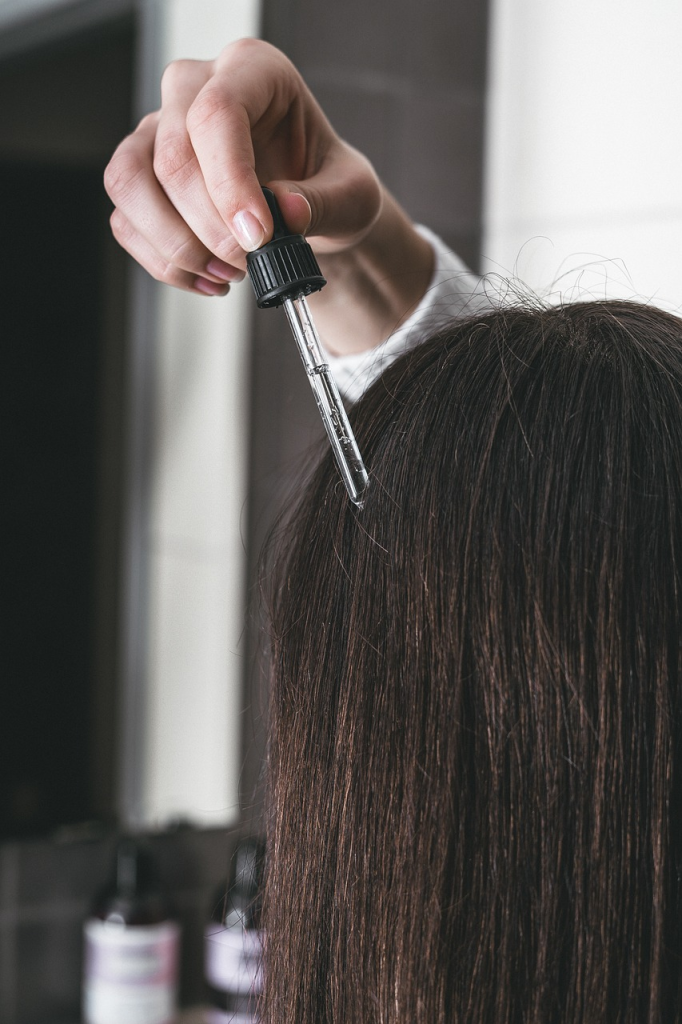Understanding and Managing Hair Loss: Insights and Strategies
Feeling self-conscious about thinning hair is a common experience for many individuals, especially considering that alopecia, the medical term for hair loss, affects approximately 80 million people in the United States alone. Understanding what constitutes normal hair loss versus problematic hair thinning can help you address your concerns more effectively. Here’s a comprehensive look at managing hair loss, potential dietary aids, treatments, and underlying causes.

Recognizing Abnormal Hair Loss
It’s typical to lose around 100 hairs a day, and for most people, this number goes unnoticed because new hair growth replaces the lost strands. However, if you notice noticeable changes such as a receding hairline or thinning patches, it may be a sign of alopecia. Conditions that indicate more significant hair loss include:
- Receding Hairline: Hairlines that gradually move back, especially in men.
- Thinning Patches: Areas of hair that look sparse compared to the rest of your scalp.
Preventive Measures for Hair Loss
Addressing hair loss often requires a combination of dietary changes, treatments, and proper hair care practices. Here are some actionable steps you can take:
- Consume a Protein-Rich Diet

- Hair is made primarily of protein, so ensuring adequate intake is crucial for healthy hair growth.
- Include foods such as:
- Eggs: Rich in protein and biotin.
- Beans and Lentils: Excellent plant-based protein sources.
- Greek Yogurt: High in protein and can aid scalp health.
2. Prioritize Vitamins and Minerals
- Deficiencies in certain vitamins and minerals can adversely affect hair growth. Key nutrients include:
- Vitamin A: Promotes sebum production.
- B Vitamins: Especially Biotin (B7) for hair health.
- Vitamin C: Helps with iron absorption.
- Vitamin D: Low levels have been linked to hair loss.
- Zinc and Iron: Critical for maintaining hair texture and strength.
3. Adopt the Mediterranean Diet

- This diet emphasizes fruits, vegetables, whole grains, lean proteins, and healthy fats. Research indicates that the Mediterranean diet may contribute positively to hair health due to its nutrient-rich components.
4. Consider Over-the-Counter Treatments
- Minoxidil: An FDA-approved topical treatment available in 5% strength, which can stimulate hair growth and slow hair loss. It’s available as a solution or foam.

5. Explore Low-Level Laser Therapy (LLLT)
- LLLT has gained FDA approval for promoting hair growth. Though it can be an expensive option ranging from $180 to $800, it may be a viable alternative for some individuals.
6. Practice Proper Hair and Scalp Care
- Protect your hair by allowing it to dry naturally and minimizing the use of heat styling tools.
- Avoid frequent tight hairstyles, such as ponytails or braids, that can lead to traction alopecia.
- Maintain a clean scalp by washing regularly with suitable products to avoid irritation that can hinder hair growth.
7. Limit Changes to Hair Products
- Frequent switching of hair care products can sometimes lead to an increase in hair shedding at first. It’s essential to find products that suit your individual scalp and hair type.
Understanding the Causes of Hair Loss
Several factors can contribute to accelerated hair loss, including:
- Genetics: A hereditary condition known as androgenetic alopecia is the most common cause of hair loss.
- Hormonal Changes: Events like pregnancy and menopause can cause rapid hormonal fluctuations that lead to hair loss.
- Stress: High-stress levels can lead to conditions like telogen effluvium, where hair prematurely enters the shedding phase.
- Hairstyling Practices: Excessive heat styling, chemical treatments, and tight hairstyles can damage hair follicles.
- Medical Conditions: Thyroid disorders and fungal infections can contribute to hair thinning.
Seeking Professional Help

If you’re experiencing significant hair loss, it’s important to consult with a dermatologist or healthcare provider. They can help identify the underlying causes of your hair loss through comprehensive evaluations, including:
- Health History: Discussing any medications, nutritional deficiencies, or family history related to hair loss.
- Physical Examination: Assessing your scalp and hair condition.
Disclaimer: Please don’t blindly follow any advice from this post. Before buying anything research a lot and make sure its real and worthy of your hard earned money.
Nice pic